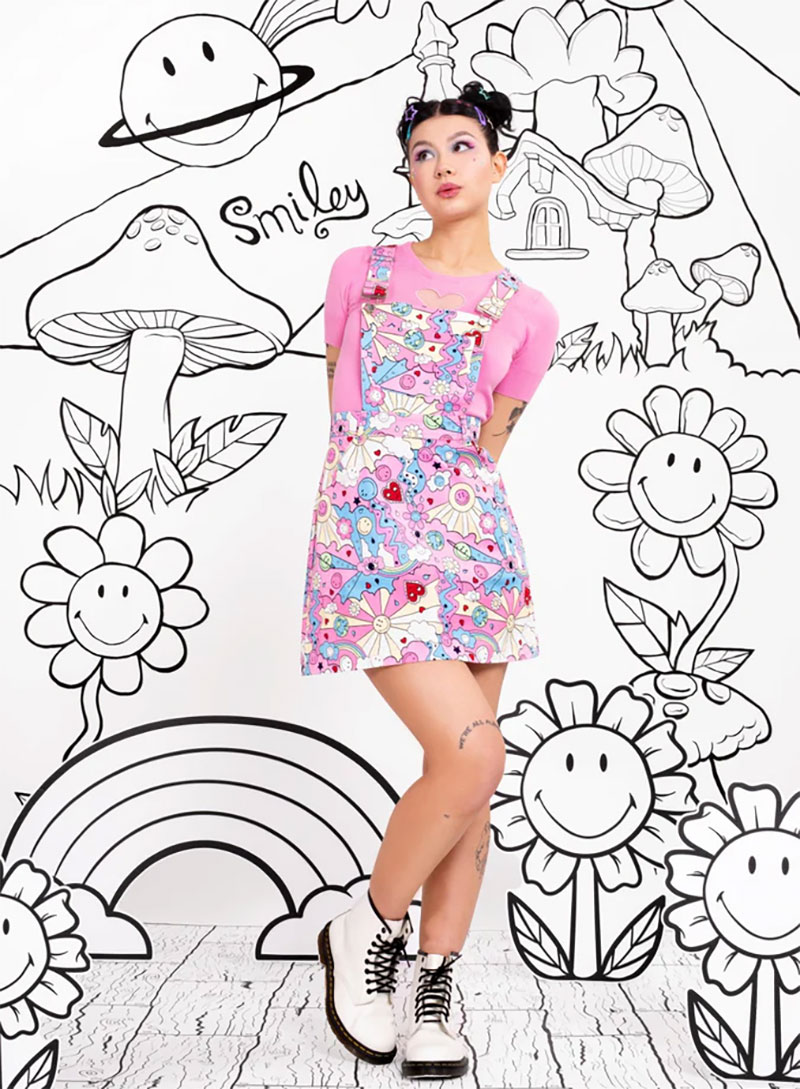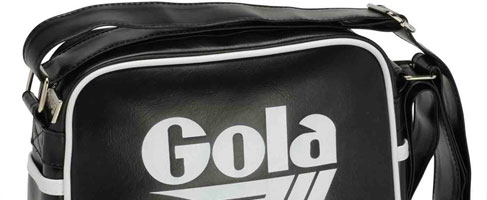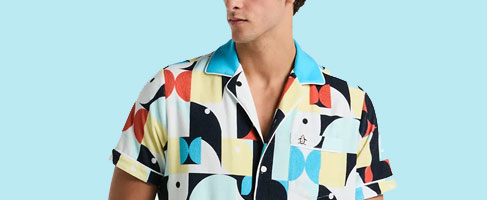Why you need Birkenstocks in your life

Birkenstock Sandals - do you love them or loathe them? If you've never worn a pair, you might lean towards the latter... But we're going to change your mind about that! Get a pair of these - affectionately called 'Birks' by their fans and wearers - and find out what you've been missing; the most comfortable pair of sandals you'll ever own.
The Birkenstock footwear company, or Birkenstock Orthopädie GmbH & Co. KG, to give them their correct name, traces its roots back to Germany and 1774, where Johann Adam Birkenstock is found in church archives of a small village, Langen-Bergheim, registered as a "vassal and shoemaker". Skipping forward more than a hundred years, and Johann's great-great-grandson, Konrad Birkenstock designs the first contoured insole for use by shoemakers in the production of custom footwear and opens two shops in Frankfurt, Germany to make and sell these insoles. In 1902 the first flexible arch-support is developed and then moving forward again to the end of World War II and Birkenstock's popularity grows with returning soldiers because of the orthopedic support the insole offers. Into 1964 and the first Birkenstock sandal takes shape when another Birkenstock family member, Karl Birkenstock develops the insoles into a shoe - or in this case, an "athletic sandal with a flexible footbed" - and the Birkenstock Madrid style is born, a style which is still in the Birkenstock range today.
So what was so revolutionary about the Birkenstock Sandal? In short, it's this:

Or more specifically: The Birkenstock Footbed.
 1. The Footbed Edge: The high footbed edge protects the toes during the rolling motion of the foot
1. The Footbed Edge: The high footbed edge protects the toes during the rolling motion of the foot
2. Toe Grip: Raised indentations at the front of the footbed near the toes. Thanks to the toe grip the toes remain loose and spread out in their natural position. The indentations also support the natural rolling motion of the toes.
3. Suede Lining: Gentle on the skin, the flexible suede lining adjusts to the contours of your foot with wear. The open-pored, breathable surface helps ensure a comfortable foot climate, even during strenuous physical activity. Moisture is controlled in part by the underlying layer of jute.
4. Transverse Arch Support: Running through the middle of the footbed, this support stabilises the metatarsal bone, to help ensure the foot has a naturally straight and solid stance.
5. Interior and Exterior Longitudinal Arch Supports: This is the foot arch supports that runs alongside the sides of the footbed, surrounding the tarsal bones inside and out and adding stability to each step you take.
6. Deep Heel Cup: A deep molded heel area supports the foot and holds the heel bone firmly in its natural position, giving your sandals as much support as it would if it was a closed heel shoe.
7. Cork and Latex Footbed: Described as the 'heart' of the Birkenstock, this is the part of the sole which is the secret behind the extraordinary comfort it offers. The shock-absorbing and highly flexible cork and latex core supports and relieves pressure on feet and will mold itself to your foot with wear. This natural material is heat and cold-insulating and provides a good foot climate.
Created in the 1930s, Birkenstock as well as being the first to coin the term "footbed" developed this orthopedic sole for comfort and support - revolutionary thinking at the time for a footwear company. Still marketed today as "relief for your feet" and "often copied, never equalled", the anatomically shaped insole have special support characteristics which were designed to promote the maintenance of healthy feet. Other orthopedic corrective and support inserts at the time were designed to treat deformed feet, but Birkenstock was the first to design a supportive insole for healthy feet.
Four layers comprise the Birkenstock footbed: light natural cork, select jute fibers, high-quality natural latex and soft suede as the lining. The original Birkenstock footbed is designed as a shock absorption system, supporting and relieving pressure on your feet when you walk. This provides relief for your feet, joints and back while it gives your feet firm support and supports the natural tissue. As an added bonus at the same time, it exercises your leg muscles.
In 1966, American Margot Fraser "discovered" Birkenstock sandals while visiting a spa in Germany. Using Birkenstocks to relieve a foot condition, she was so impressed with the footwear, she took them back to the US and started distributing them in San Francisco, California. At first, she was unsucessful but in the late 60s and into the 70s, Birkenstock's popularity started to grow with the hippie, beaknik, bohemium and 'American Liberalism' movements.
Today, Birkenstocks are as popular as ever and if you're not a wearer (yet) you may wonder why - try a pair and you'll find out!














